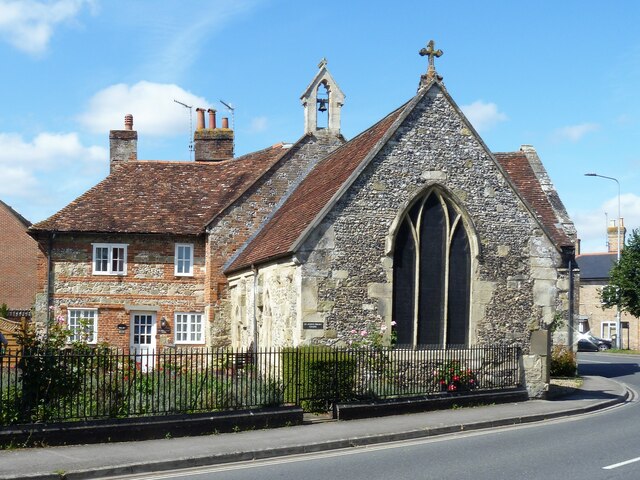St John's Priory complex [1]
Introduction
The photograph on this page of St John's Priory complex [1] by Michael Dibb as part of the Geograph project.
The Geograph project started in 2005 with the aim of publishing, organising and preserving representative images for every square kilometre of Great Britain, Ireland and the Isle of Man.
There are currently over 7.5m images from over 14,400 individuals and you can help contribute to the project by visiting https://www.geograph.org.uk

Image: © Michael Dibb Taken: 25 Aug 2021
St John’s Hospital was founded in 1195 and some fragments of the early buildings remain. Five dwellings and a chapel occupy the remains of the early buildings. 16 apartments in two blocks were constructed on the site in 1984. All are now part of the St John’s Priory social housing complex. Seen here is the chapel and number 4 St John's Square. The chapel forms a 'T' plan extension to numbers 4 and 5. Judging by its east window, it dates from circa 1300. It was converted into a cottage in the 18th century, restored in 1868, and converted back into a chapel in the 20th century. Constructed of flint and ashlar chequerwork under a tile roof. Listed, grade II*, with details at: https://historicengland.org.uk/listing/the-list/list-entry/1198954 Number 4 St John's Square is an 1825 rebuilding of a 16th century house. Constructed of rubble and brick with some flint, under a tile roof. Listed, grade II, with details at: https://historicengland.org.uk/listing/the-list/list-entry/1023733 A former county town, Wilton is situated some 2¾ miles west of Salisbury on the confluence of the River Nadder and the River Wylye. The town grew around Wilton Abbey, founded in the 8th century, and was the administrative capital of Wiltshire until the 11th century. The town declined in importance after Salisbury Cathedral was built. The town is renowned for carpet manufacture, which began in 1741 when two French weavers were brought in and a carpet factory continued to operate until 1995. The country estate of Wilton House is an integral part of the town.

